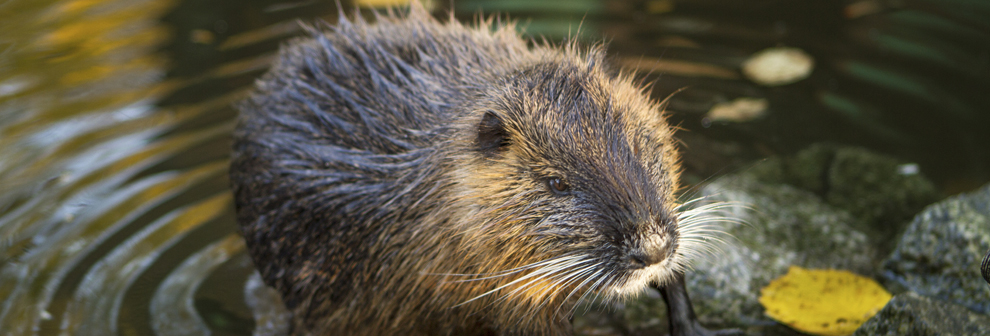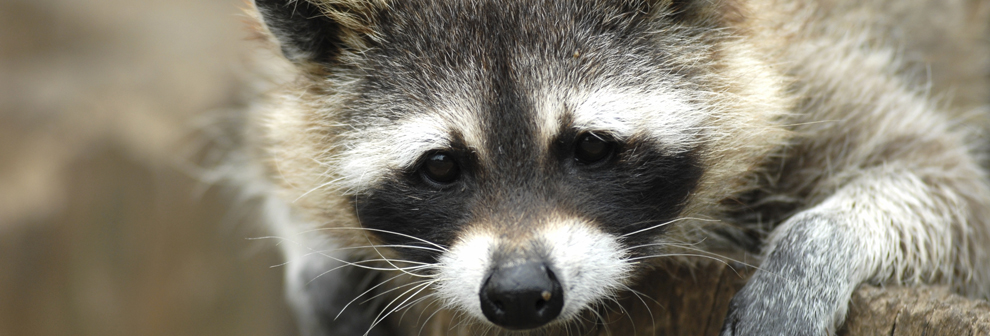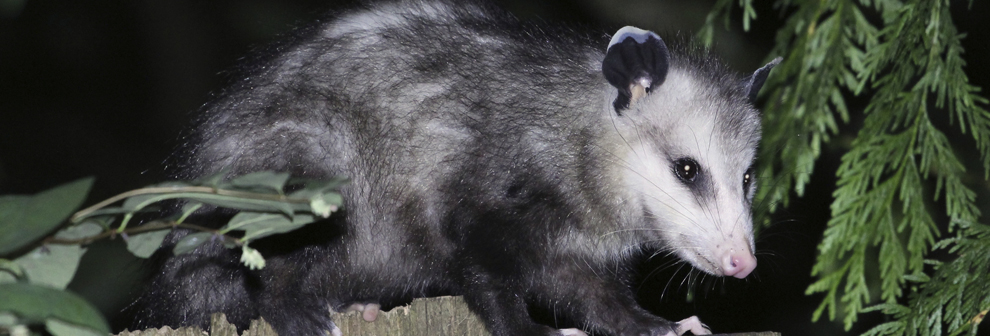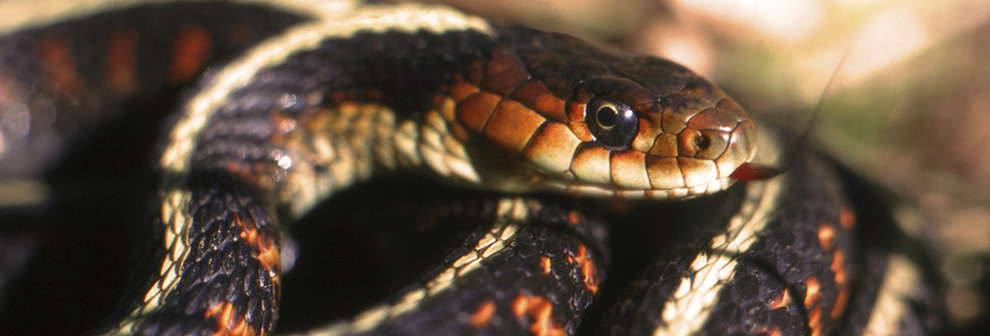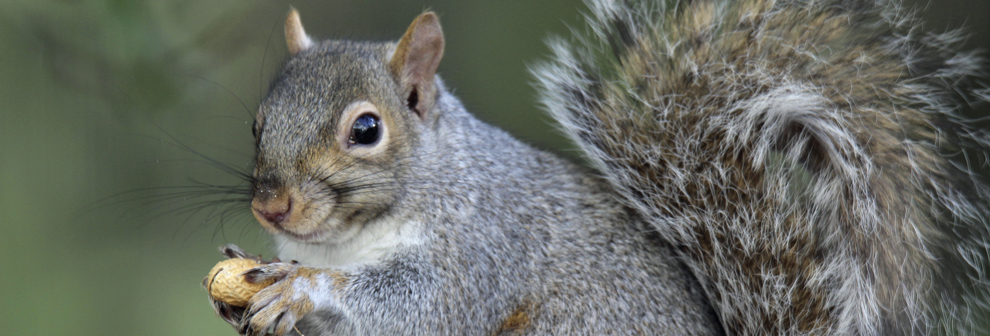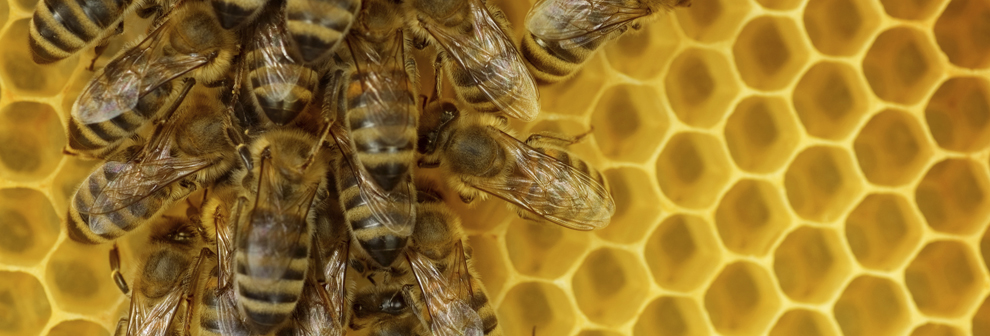Identification
Beaver are found throughout North America, from Alaska to Georgia, and part of Florida. They are the largest of the North American rodents. Adult beavers weigh 35 – 50lbs. Some occasionally reach 100lbs! Beaver are built for an aquatic life. They have valvular ears, eyes and lips that seal out water. These valves allow beaver to stay submerged for long periods of time. Beaver have webbed hind feet that help it maneuver in water.
Beaver’s dense, coarse fur is yellowish-brown to black in color. Beaver are well known for their teeth, especially the four front incisors. Beavers teeth, like all rodents, continuously grow. These critters must keep their incisors shortened and sharp by chewing on wood daily. Chewing on a tree to bring it down allows the beaver access to its primary food source, tree bark. The most prominent identifier is the flat, scaly, and hairless tail which the beaver uses as a rudder in the water and on land, as a prop while sitting upright to feed on bark.
How, When and Why They Become a Nuisance Pest
Beaver can become a nuisance wherever there is a suitable aquatic habitat. Their year-round dam building and tree chewing are the two primary activities that cause problems. Beaver dams can flood out crop fields, wash out bridges and roads, and flood homes. Estimates of beaver damage in the Southeastern United States are $20 to $23 million annually.
Trappers in northern states in the U.S. will trap a beaver for its pelt which helps keep the population at healthy levels. In Atlanta, Fulton, Gwinnett, Cobb and other metropolitan counties in GA, beavers are not trapped for fur. That leaves beaver to do as they please in the southern states only having to worry about coyotes and the occasional nuisance wildlife control operator. In Georgia, with no other predators, this leaves beaver population to get rather large in some areas, which can devastate private and public property.
Damage They Cause
Identifying beaver damage is not difficult. Beaver dams, dammed-up creeks, culverts, bridges and drains are a few signs of the presence of beaver. Also, their tree chewing habit is a problem for expensive landscapes. Beaver will cut down ornamental trees and shrubs as well as, fruit trees and other valuable landscape.
A tree stripped of its bark from the ground to about 3ft. up is an obvious sign of beaver activity. Beaver can also damage banks and levees by burrowing a den or lodge. Dens can usually be pinpointed by the presence of limbs, cuttings, and other debris around holes that are slightly submerged in water.
Atlanta, Georgia Beaver Removal & Beaver Control
Beaver exclusion is not usually practical due to the expense. Simple habitat modifications can be done to protect certain areas. Hardware cloth can be wrapped around trees to protect them. Wrapping trees can also stop the supply of wood needed to build beaver dams. Sometimes harassing the beaver by destroying the beaver dams and dens over and over again is enough to make the beaver relocate on their own (be aware this might need to be done daily, beaver can rebuild a dam overnight).
If harassment and habitat modifications do not work trapping and removal is the only option left. There are a number of different traps that can be used to effectively remove beaver. Trapping greater Atlanta beaver requires a good working knowledge of beaver habit and habitat and should only be done by a professional beaver controller, or trapper. Attempting to trap beaver without the proper skills can be dangerous and leave “trap educated beaver”.

